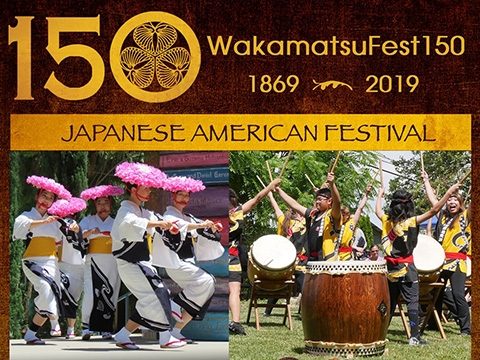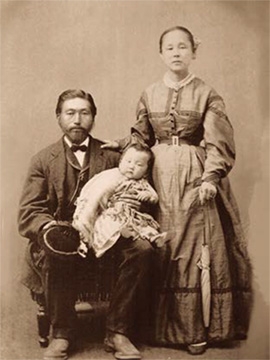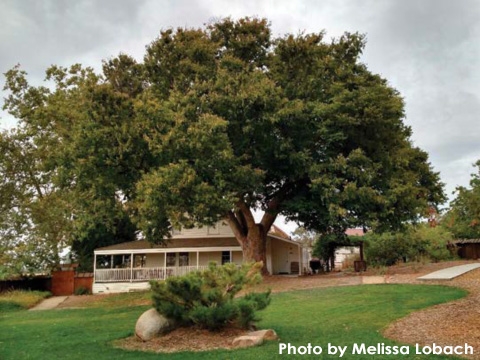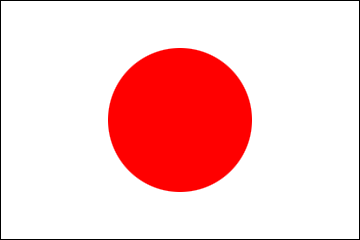WakamatsuFest150: Celebrating 150 Years of Japanese Immigration to the United States of America
2019/5/16

The American River Conservancy (ARC) will hold WakamatsuFest150 to commemorate the 150th anniversary of Wakamatsu Colony, established by the first Japanese immigrants to the United States of America, from June 6-9, 2019. The Consulate General of Japan in San Francisco is proud to support this festival and will have a booth on June 8 and 9 with information on Japanese culture, tourism, and the JET Program.
Event Details
Date & Time: Thursday, June 6 - Sunday, June 9; 10:00am to 4:00pm
Location: Wakamatsu Colony, 941 Cold Springs Rd, Placerville, CA (Parking Off-Site)
Location: Wakamatsu Colony, 941 Cold Springs Rd, Placerville, CA (Parking Off-Site)
Background information about the festival provided by ARC
 The man identified as John Henry Schnell. Photo courtesy of ARC
The man identified as John Henry Schnell. Photo courtesy of ARC
 Colonist portrait preserved by the Veerkamp family. Photo courtesy of the ARC
Colonist portrait preserved by the Veerkamp family. Photo courtesy of the ARC
On May 20, 1869, a group of Japanese people from Aizu Wakamatsu (located in present day Fukushima Prefecture), led by John Henry Schnell, who was a military advisor and trained the people there in the use of firearms, arrived at San Francisco after their dramatic defeat in a civil war. The group was made up of samurai, farmers, craftsmen, and their families. The Daily Alta California of May 27, 1869 reported that three Japanese families had arrived with Schnell and 40 more were en route. The article also said that “it is not improbable that three Princes [of the Matsudaira Clan, the local lords of the region] will follow him.”
 The Wakamatsu Colony today. Photo courtesy of ARC
The Wakamatsu Colony today. Photo courtesy of ARC
They brought from home thousands of mulberry trees for silk farming, as well as tea plants and seeds to establish their Wakamatsu Tea and Silk Farm Colony. In June, Schnell purchased approximately 200 acres at Gold Hill in the El Dorado Hills. This was the first Japanese colony in the United States of America. Unfortunately, however, after initial success, the colony failed within two years due to drought, scarcity of clean irrigation water, and a lack of funds. Schnell left the colony with his wife and daughters, and did not return. No “princes” ever came. The fate of only a few Wakamatsu colonists is currently known. One such colonist by the name of Kuninosuke Masumizu married a woman who was both African American and Native American. Kuninosuke had several children with her and later died in 1915.
Fast forward to present day. On June 6-9, 2019, exactly 150 years since Japanese colonists established the Wakamatsu Tea and Silk Farm, the American River Conservancy will host a 4-day festival called WakamatsuFest150. A delegation is traveling all the way from Aizu Wakamatsu to join the festival. What’s more, the future 15th head of Aizu Wakamatsu’s Matsudaira family, Chikamori Matsudaira, will be heading the delegation, 150 years after his ancestor “Princes” of the Matsudaira family could not make it. And also, the direct descendants of Kuninosuke Masumizu are planning to attend the festival. If it happens, this will be a historic occasion when the Matsudaira family will be meeting with the descendants of Wakamatsu colonists for the first time.
Fast forward to present day. On June 6-9, 2019, exactly 150 years since Japanese colonists established the Wakamatsu Tea and Silk Farm, the American River Conservancy will host a 4-day festival called WakamatsuFest150. A delegation is traveling all the way from Aizu Wakamatsu to join the festival. What’s more, the future 15th head of Aizu Wakamatsu’s Matsudaira family, Chikamori Matsudaira, will be heading the delegation, 150 years after his ancestor “Princes” of the Matsudaira family could not make it. And also, the direct descendants of Kuninosuke Masumizu are planning to attend the festival. If it happens, this will be a historic occasion when the Matsudaira family will be meeting with the descendants of Wakamatsu colonists for the first time.
In celebration of a century and a half of Japanese American heritage, WakamatsuFest150 will feature food, art, music, performances, demonstrations, discussions, and merchandise unique to Japanese American culture. WakamatsuFest150 will broaden awareness about Wakamatsu Farm, Japanese and Japanese American culture, and the abundant agricultural, natural, historical, and cultural resources of California and El Dorado County.

